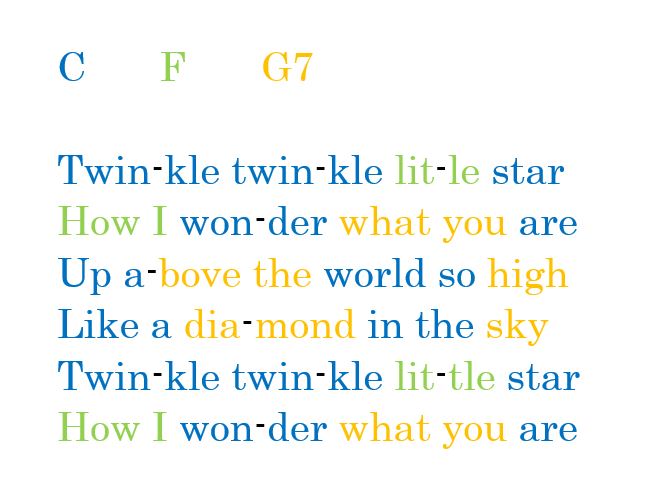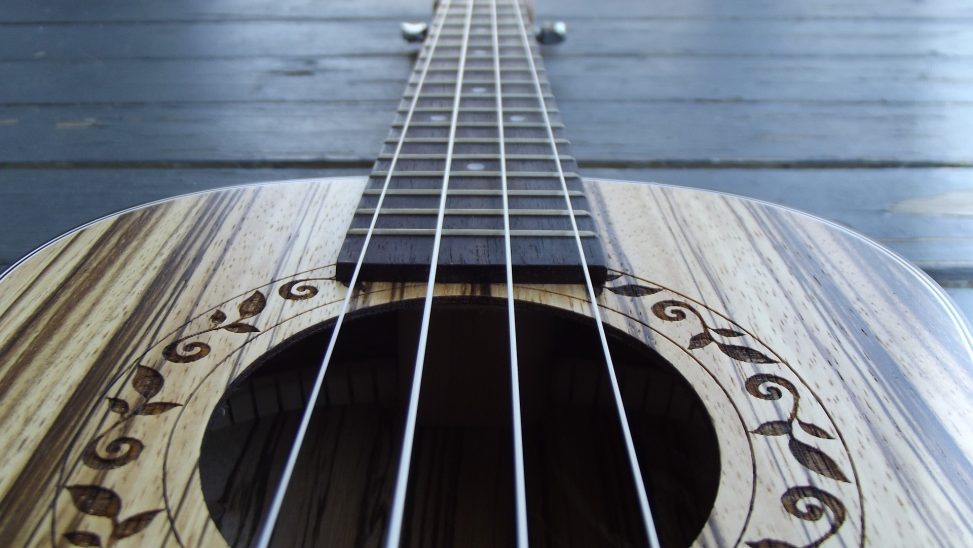Last Friday we were given the class period to work on our musical growth project. Everyone who is learning ukulele went into one room and practiced together. On the one hand, it was helpful to be surrounded by people learning the same instrument. On the other hand, it was slightly distracting to hear so many ukuleles playing different songs at varying ability levels. The most useful aspect of the session was when our professor, Dr. Prest, instructed us on how to properly hold our ukuleles. As it turns out, none of us were holding our instruments correctly. I learned that the ukulele should be held up across my chest instead of in my lap, so that the base of the instrument is resting in the crook of my elbow. In this position, my hand then reaches higher up the neck of the ukulele to strum in the correct place. This was, for obvious reasons, a crucial piece of information. My strumming was not hugely off before, but the difference between a few centimetres has completely affected the quality of my strumming. Not only is it a more comfortable placement, but the sound quality is improved. I am also glad for the change in holding the ukulele, as the way I was holding it before had caused my arm to start bruising.
I also realized that I have not properly shared the chord progression that I’ve been following for “Twinkle Twinkle”. This is due to the chord progression being within the tutorial video that I follow, which I shared in my last post. I have now made a chord cheat sheet for myself based on the video, so that I can see what I need to be playing without having to watch the video every time.

I have assigned a colour to each chord and used that colour for each lyric that corresponds to the chord. Each word, or syllable if a word is divided by a hyphen, represents one strum. For example, I strum C four times for “twin-kle twin-kle”. This cheat sheet has proved useful in terms of a visual representation of what I need to play.
This week my main progression was being able to transition between some chords without looking at the fretboard. I am beginning to develop a little bit of muscle memory regarding navigating the fretboard. At the beginning of each of my practice sessions, I find myself having to look for my finger placements. However, by the end of my practice, I am usually looking ahead of me rather than down. I still have to look at the fretboard for the majority of my G7 chords, but there have been times where I haven’t needed to which was exciting.
The next step of my musical growth is to continue practicing until it is time to video myself playing the song as my midterm progress.
Featured image by FrankensteinsMobster on Pixabay

Leave a Reply